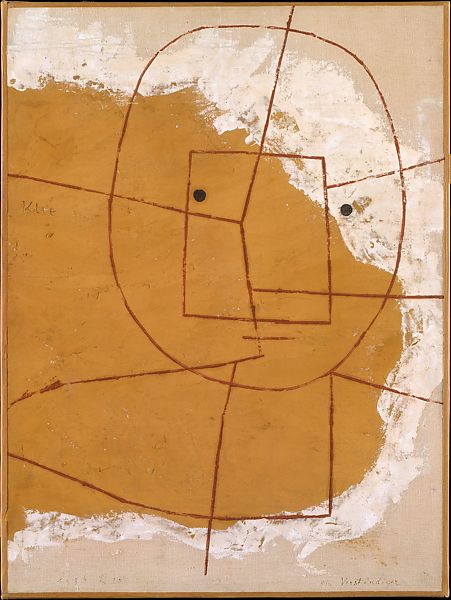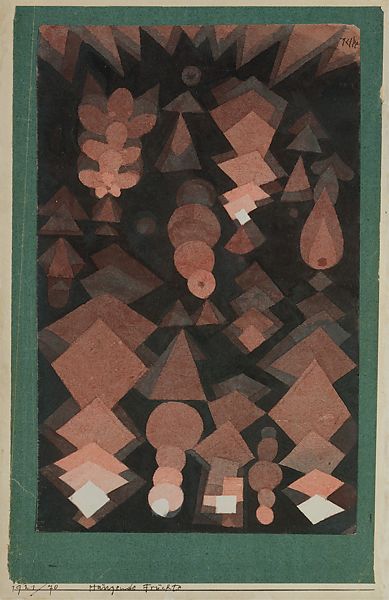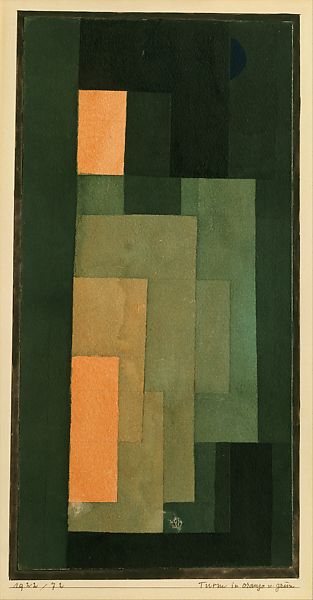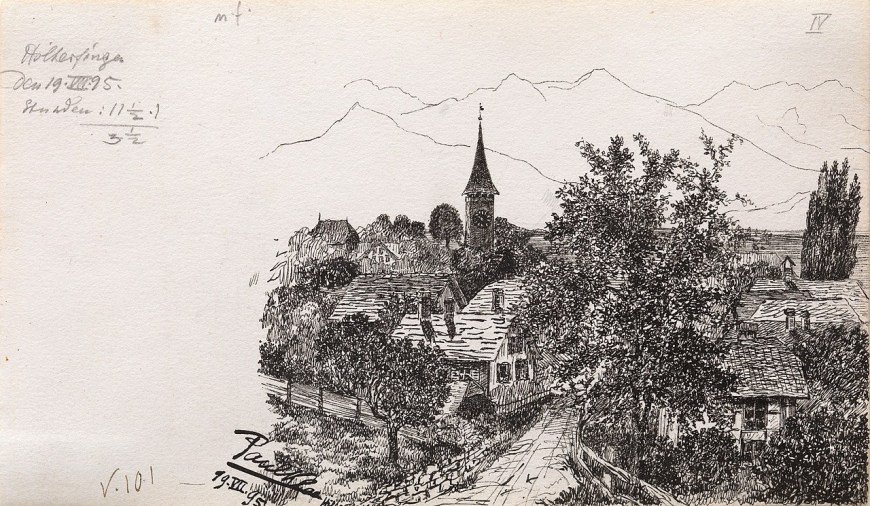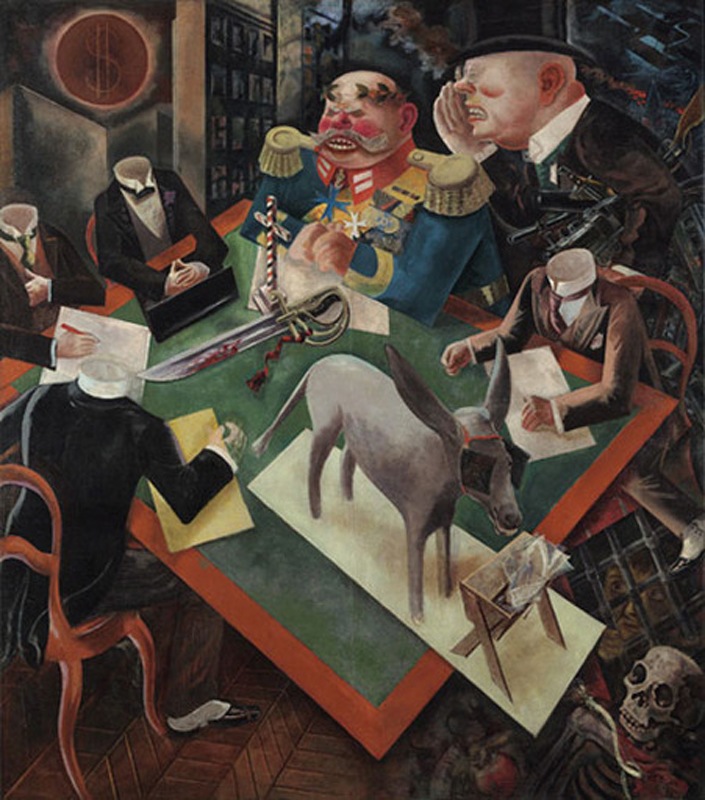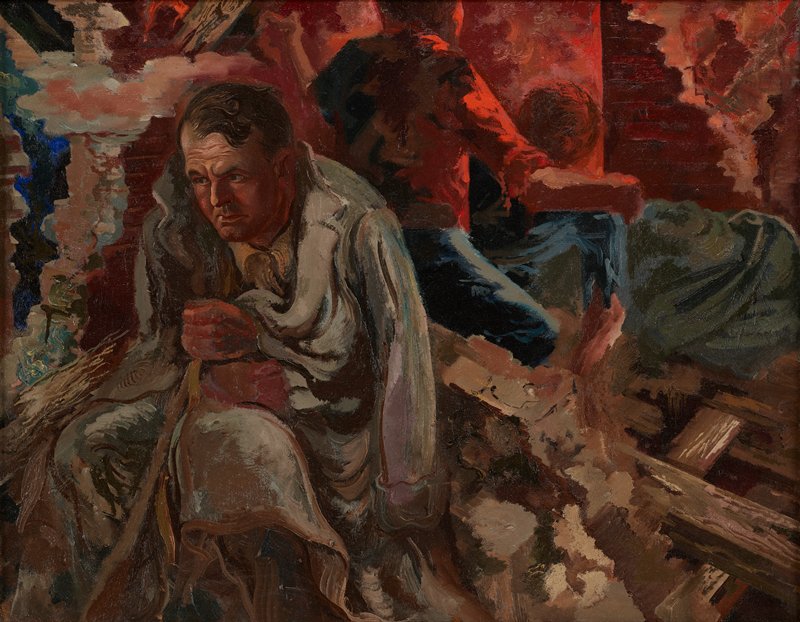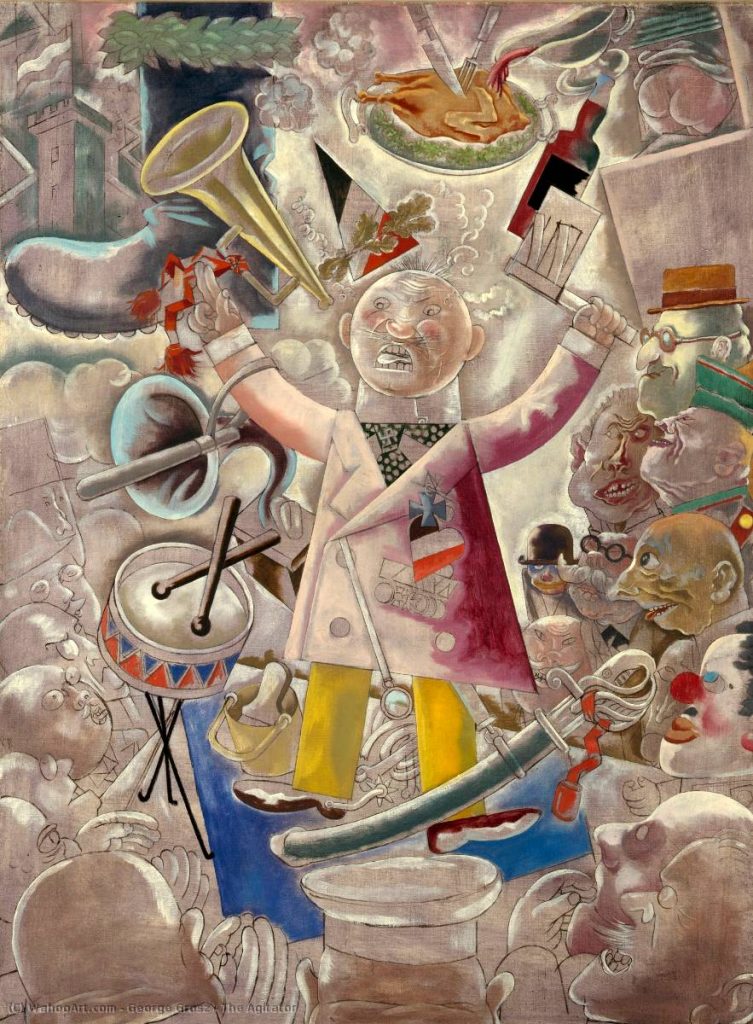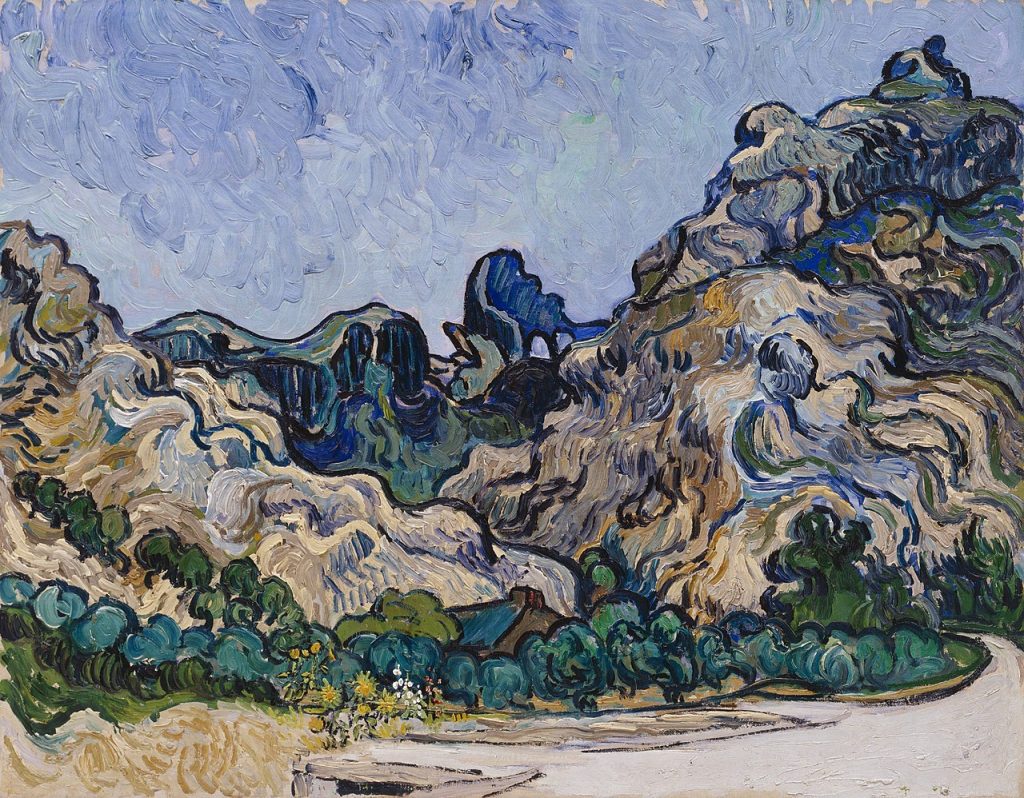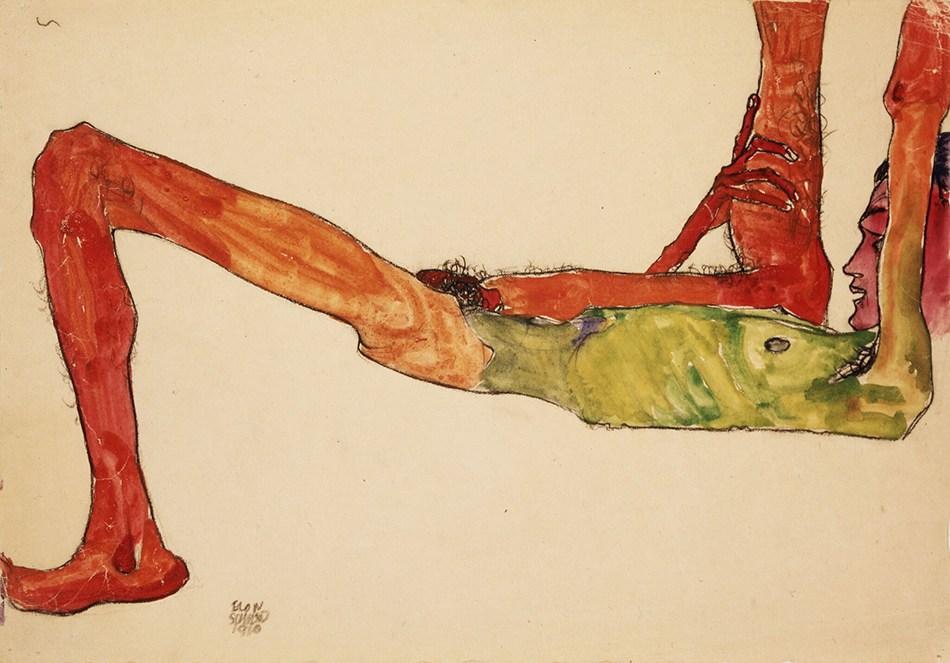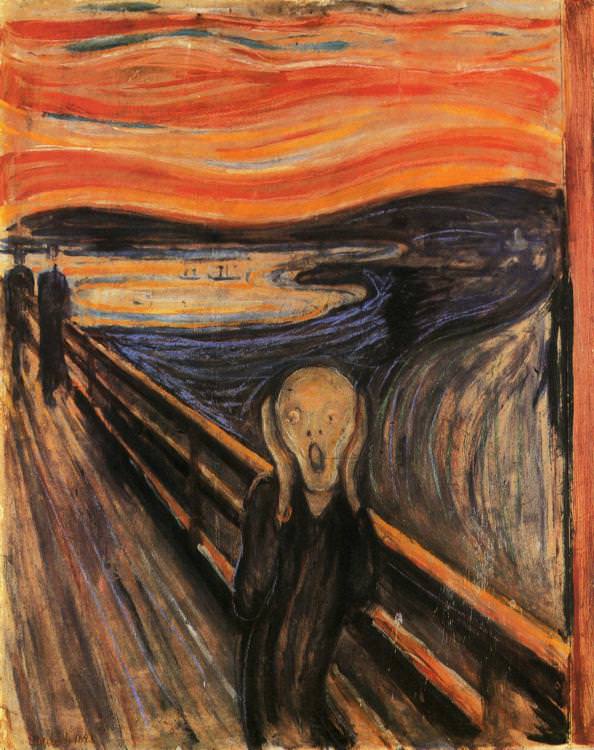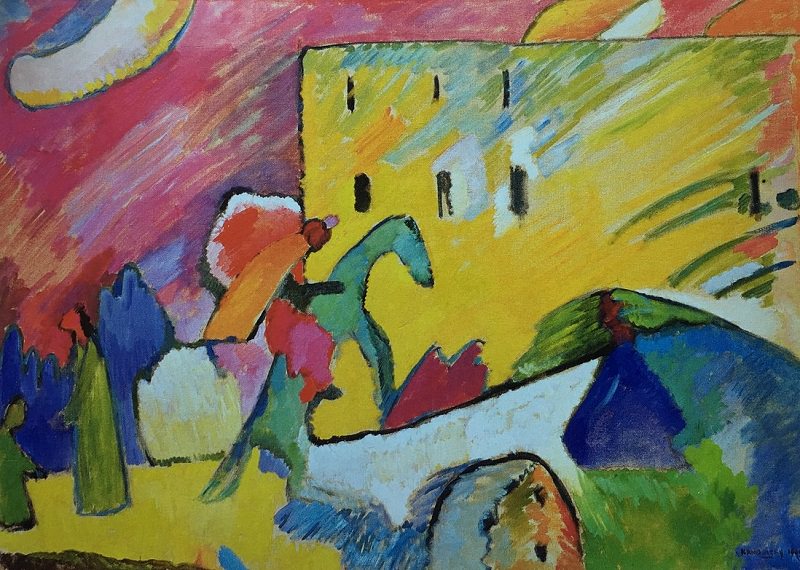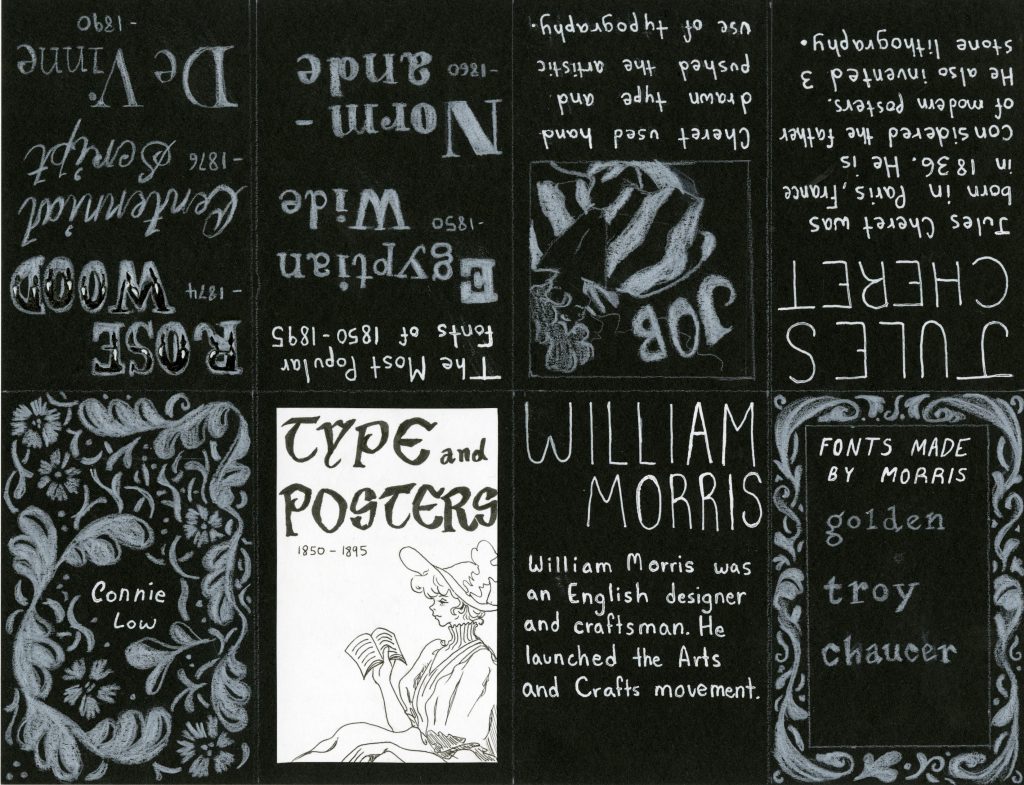I was made the designer for a geopolitical artifact from 1895 – 1905. I debated making something for WWI, but ultimately decided that the Chinese Immigration act of 1885 was more interesting to me. I chose this topic because I thought it was an important topic to cover, and I knew what kind of artifact I wanted to make with it. I covered both the initial head tax in 1885 as well as the immigration act in 1923 because I felt that they are crucial to one another and help people understand the depth of the issue.

I made a newspaper mimicking the font and design of the time. I think my title is very easy to see, and I think I did well in putting together the newspaper itself. I also think the black and white composition of the spread helps set the serious tone of the topic. I also think that the addition of hands holding the objects adds to the spread, because they feel less like random history events but they feel more personal and connected with people’s lives.

I think I could have incorporated the body text better, as it gets difficult to read because of the dark shadow and the small size. I couldn’t get the spacing right, so the bleed lines and the centerfold spacing is not correct, but I know I can correct that later on if this spread ends up in the history book.
I would give myself a 7/10 because I think the spread works really well for the topic and I had good research but I also think that the spread itself could be easier to read.


